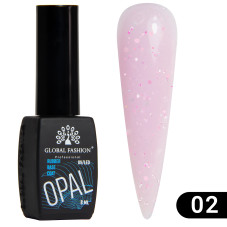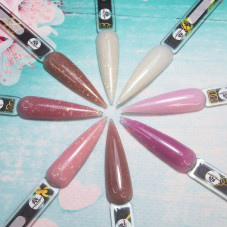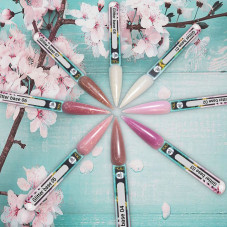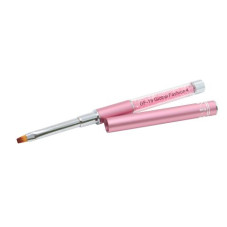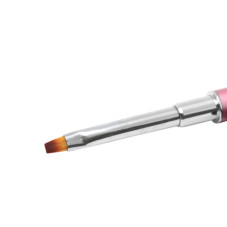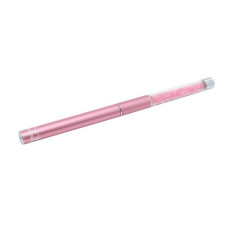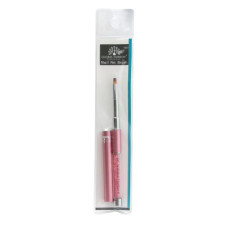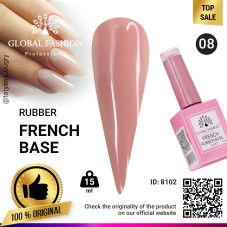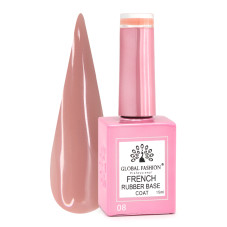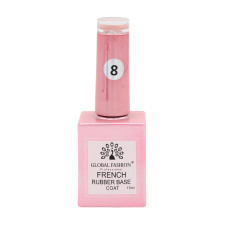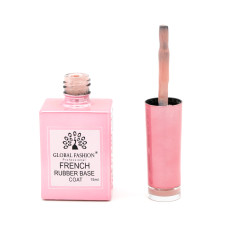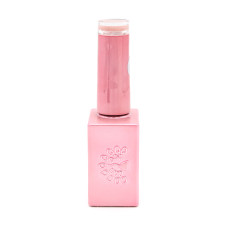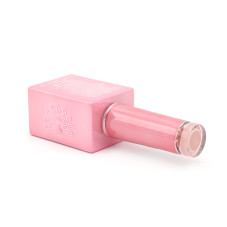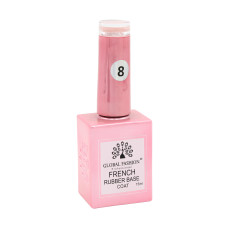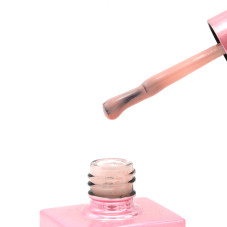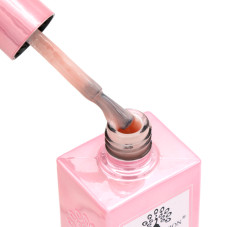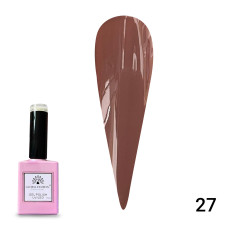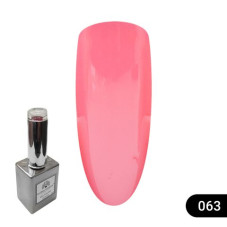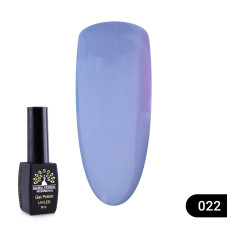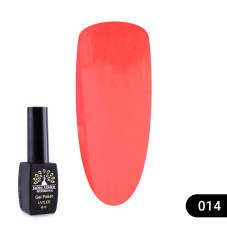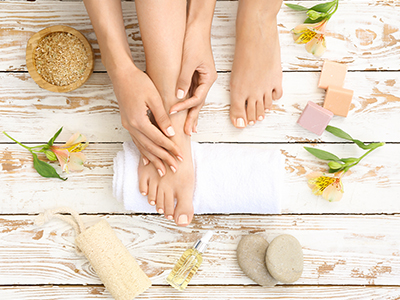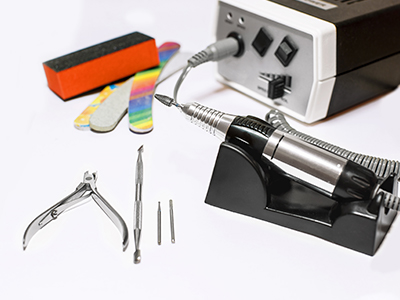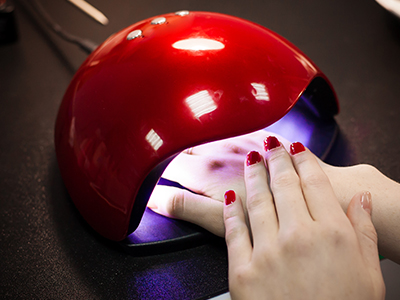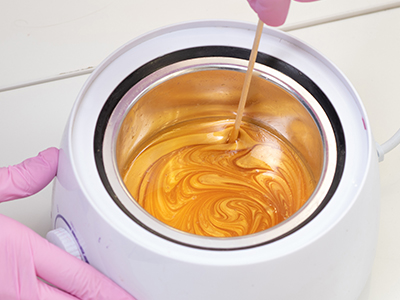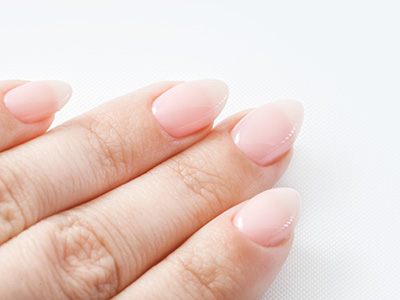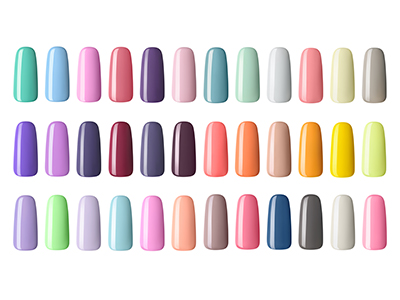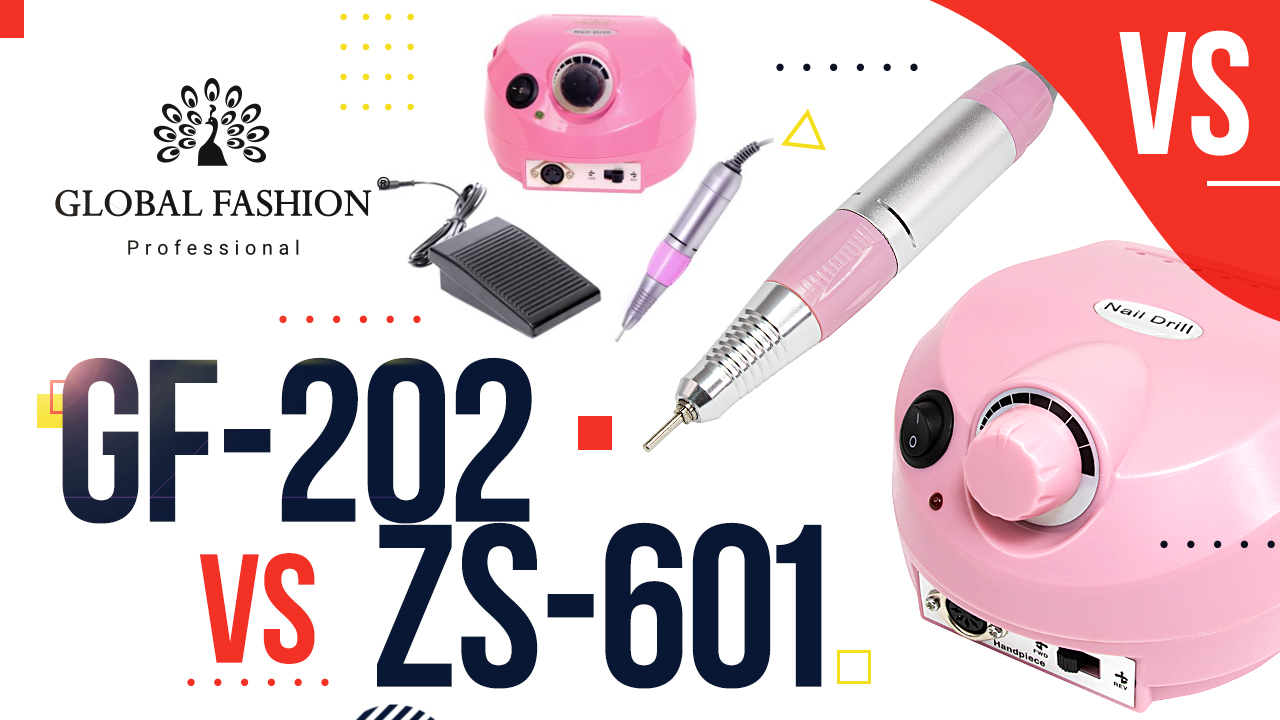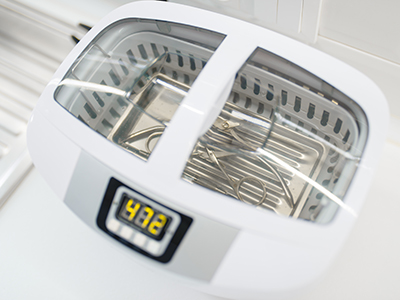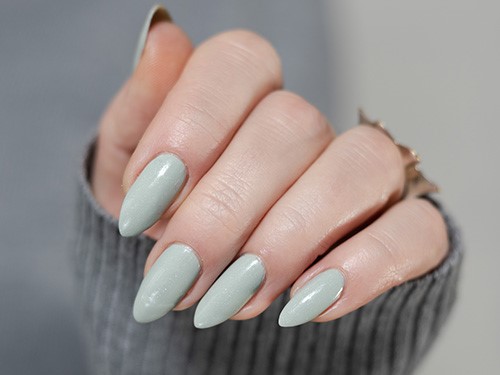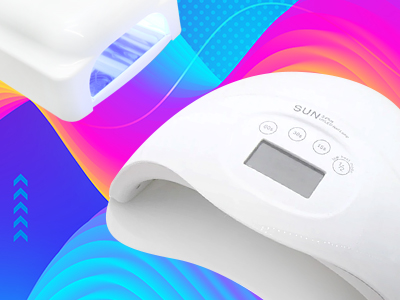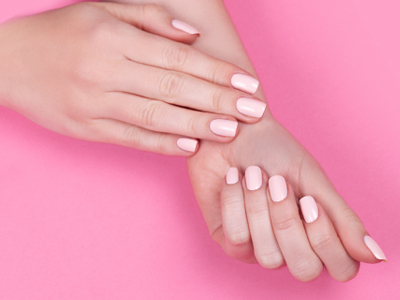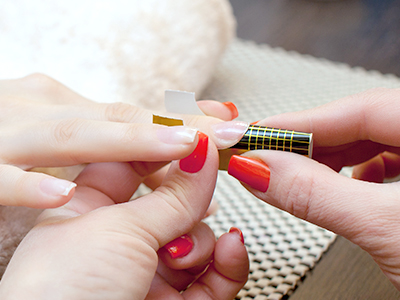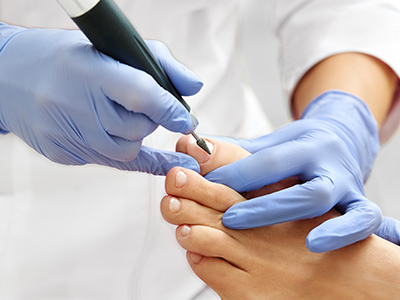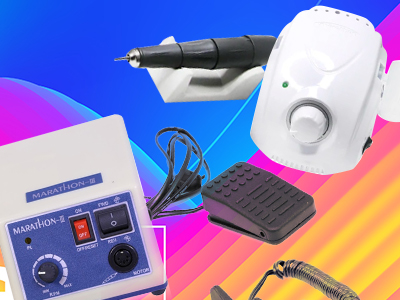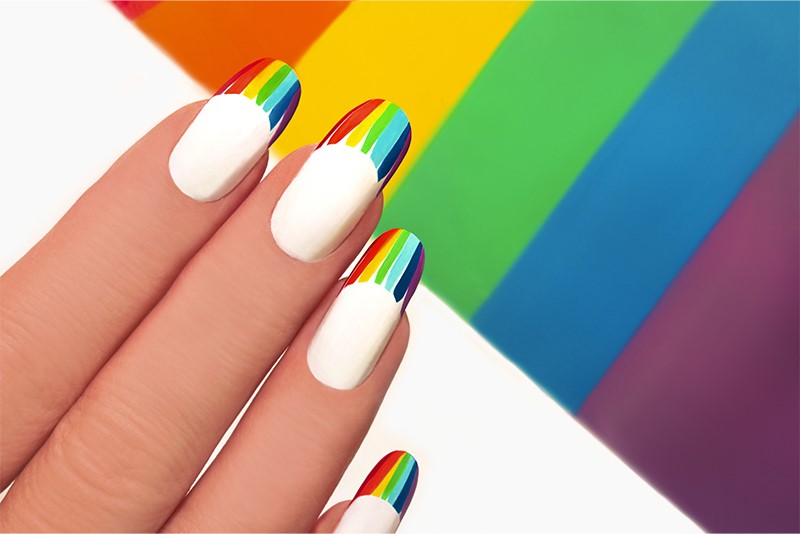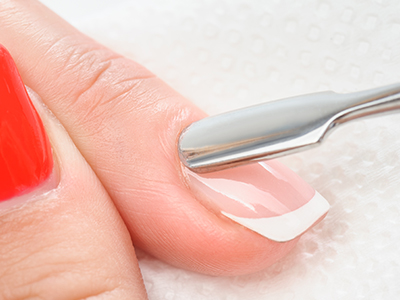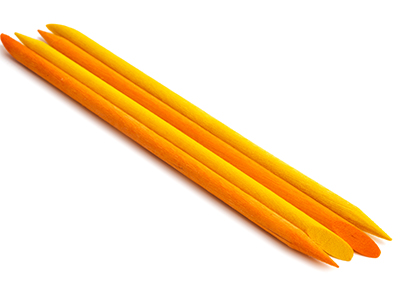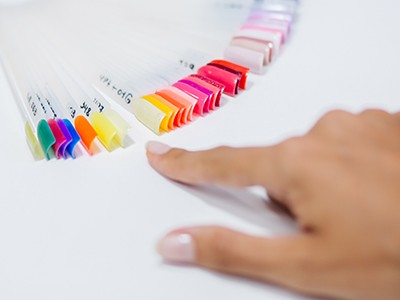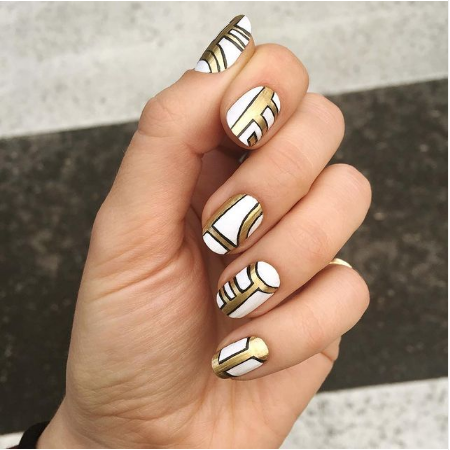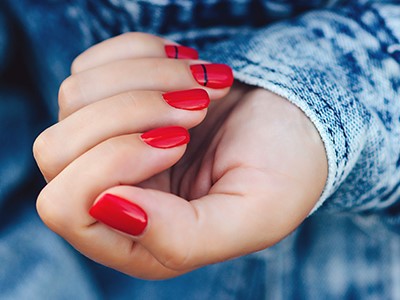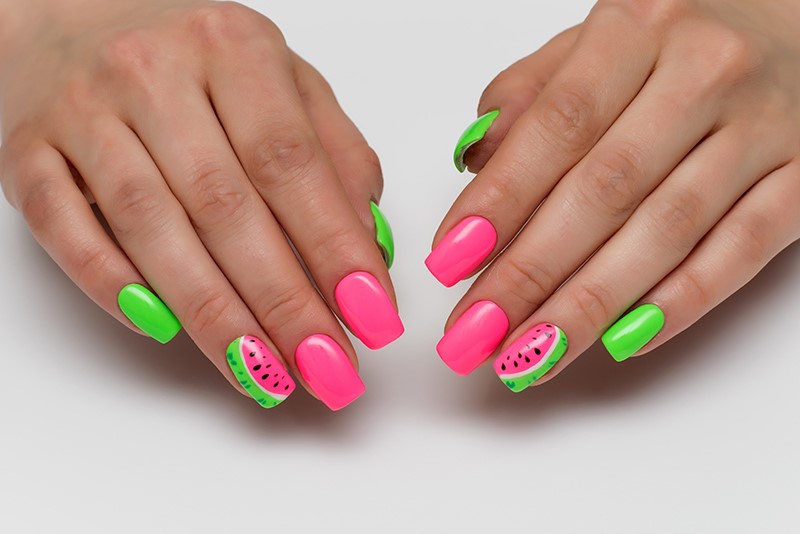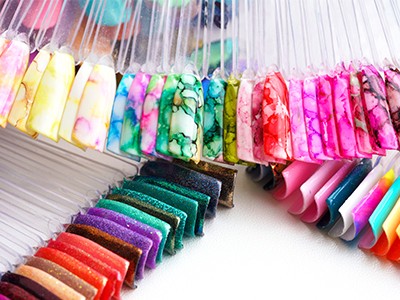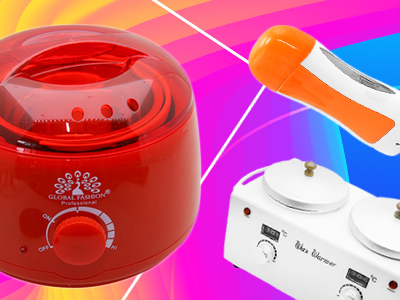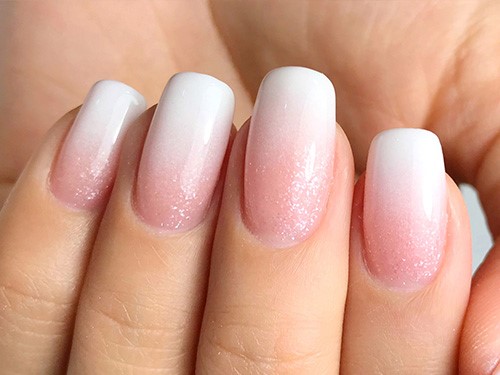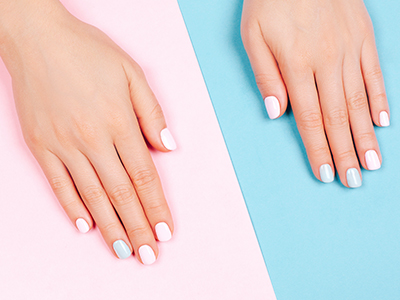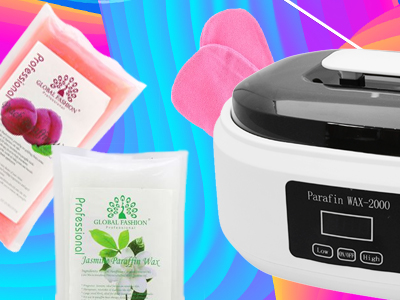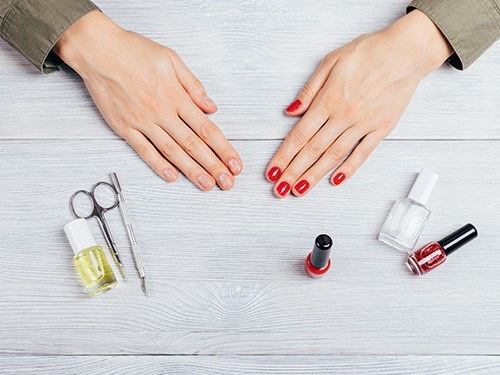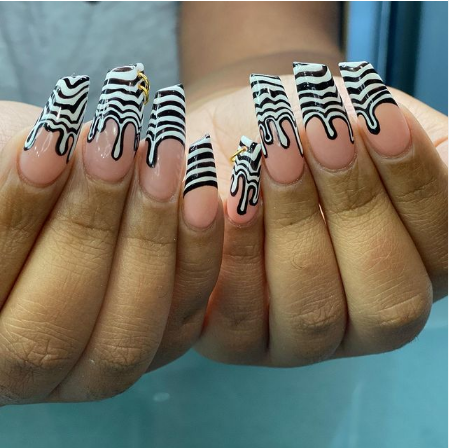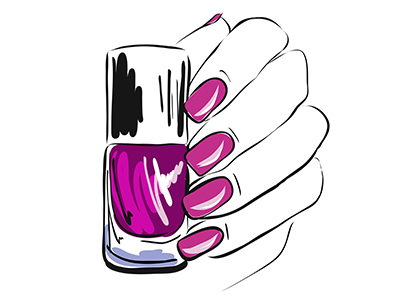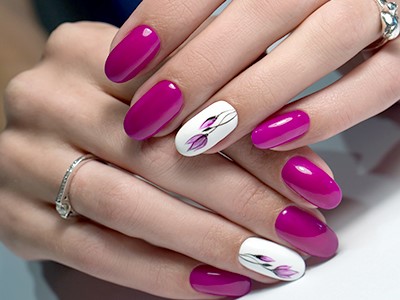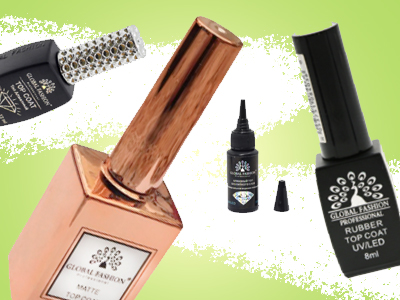Nail primer. What is it for?
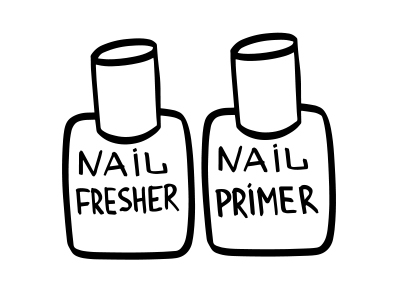
Creating a manicure is quite an intense process. It may be tedious in places, but the results are amazing. After a manicure, hands revive, become even more beautiful, well-groomed, and how much confidence appears in the fashionable ladies, it is even impossible to convey - it must be felt. It is known that in the list of steps to perform manicure are a number of different means, one of which is the application of primer.
So, what kind of product is a primer, why is it needed, what does it consist of and how safe is its use? In our article you will find the answers to these questions.
Primer for nails. Its functions
Primer- The name of this preparation speaks for itself - «primer», which means «initial» or «first». It means that the primer is applied to the nail plate first, before any nail decoration. In other words, it is a nail primer to prepare the nails for the coating. The product degreases and dries nails, thus improving the bond between the product and the nail and extending the nail life. The principle of primer work consists in the bonding of different densities of the surfaces: the nail and the base.
What does the primer do?
- Dry the nails.
- Degreases the surface.
- Cleans - removes any sebum that may have remained after the degreaser was applied.
- Makes nail surfaces smoother and more even.
- Prevents yellowing, splitting and cracking of the nails.
- Increases adhesion between the natural nail and the coating material.
- Prepares the base for further application of decorative coatings.
- Protects the nail against the effects of chemical components that will be on top of the nail.
- Increases the reliability and quality of the nails.
- The use of a primer is to form a zero coating, a kind of base, which helps to evenly distribute subsequent layers of cosmetic preparations.
- It prolongs manicure durability. Particularly in areas where acrylic or gel is often chipped and detached, namely on the sides of the free edge and near the cuticle.
Types of nail primers
The following types of primers are available from manufacturers:
- prep-primer or bond
- acidic.
- Acid-free (ultrabond).
So, prep-primer or bond
Nail technicians refer to prep-primer as the «lighter» version of this product. It contains no fragrance, dyes or other aggressive substances. Therefore, such a coating is characterized by a gentle delicate effect on the nails. Prep Primer is not used for acrylic coating, as its composition is too weak, but as a base for other types of prep is excellent. Bond or prep-primer is more commonly used as additional protection for weak and brittle nails.
Acid primer
Used in most cases for acrylic manicures. This primer has good adhesive properties.
Acid primer is based on methacrylic acid, which is the main component. They don't write anything about it! That it is a deadly substance, a carcinogen! In fact, methacrylic acid - a substance, of course, is not useful. But neither is a lot of the stuff that surrounds us in everyday life: shampoos contain lauryl sulfate, hand creams contain glycerin, and butter contains cholesterol! As you can see, everything has a downside, but in spite of this, everybody uses it. So would a tiny amount of methacrylic acid, applied once every 3-4 weeks, make much difference!
Acid primer can be used on oily nails because it dries the nail. But be sure to take into account: if used improperly, it can cause burns and damage the structure of the nail plate. For this reason, it is intended for professionals.
Now the acid-free primer.
Used to perform manicures with gel and gel-lacquer coating. Acid-free primers are labelled as «non acid» or «acid free» on the label.
Acid-free primer is an alternative to methacrylics. The product allows to improve the adhesion of the coating layers to the nail, while having no harmful effect on the nails and the surrounding skin. Even the name itself shows that the primer does not contain any acids, so it is safe. It is suitable for thin, problematic, sensitive nails. Ideal for beginners and professionals.
The great advantage of this type of primer is that it does not require a UV light to dry.
Rules for the use of Primer
- Before buying, check the label to see what materials Primer is suitable for. Some products in this category are only for gels or only for acrylics.
- Do not apply more than 2 coats of Primer. Each new layer of the product «presses» into the nail plate harmful components of the applied composition, which do not evaporate and are not washed out of the nail, and can be absorbed into the nail bed and enter the bloodstream.
- If you are a handyman and the client complains of burning in the nail or near the nail area, be sure to rinse the area with running water. This may be due to hypersensitivity. Ignoring this fact may provoke a burn.
- The technician must wear gloves and goggles while working with the primer. The vapours of the product can damage the nasopharynx and eyes, especially if used continuously.
- Apply the product carefully and in thin layers to avoid skin contact. Primer application is a case where more is not better.
- it is not necessary to apply primer in several layers. Excessive chemicals on the nails can cause burns to the tissue.
- if you use tipis to extend your nails, make sure that the primer does not come into contact with them.
- Apply the primer only with the brush that comes with the kit.
Special features for using the primer
- A UV lamp is not needed to dry the primer.
- The primer is applied to natural nails after the dehydrator has been applied and before the basecoat.
- Before applying the primer, squeeze the brush onto the jar, then dry it with a lint-free cloth, and only then apply it to the nail.
How to choose the best nail primer
How to choose the best nail primer? Read below:
- Composition. The first and main factor. With acidic primer, you're bound to notice methacrylic acid in the list of ingredients, which is 80% of the forming content. While on the bottle of acid-free analogue, you can see the label «non-acid» which indicates the safety and lightness of the product. About methacrylic acid, we mentioned above, it is, of course, harmful, but if used in small amounts and infrequently, it is unlikely to do that much harm.
- Do not be fooled by manufacturers' promises. Buy only from professionals and quality-tested brands.
- Read the reviews of real buyers, listening to criticism or compliments from the outside.
A side note: After all the above, you've probably noticed that primer is really a must-have for creating stylish gel manicures, as well as for extensions.
Are you a beginner and looking for a quality primer? Visit our Global Fashion online shop.
Use our nail primers and enjoy the beauty of your manicure. We hope our article helps you in choosing a good and suitable primer for you.
Read also:
1. Gel nail polish. All the best part
2. Top for gel polish. What is it for?
3. Nail base. All its subtleties
4. A machine manicure is a super technology!
So, what kind of product is a primer, why is it needed, what does it consist of and how safe is its use? In our article you will find the answers to these questions.
Primer for nails. Its functions
Primer- The name of this preparation speaks for itself - «primer», which means «initial» or «first». It means that the primer is applied to the nail plate first, before any nail decoration. In other words, it is a nail primer to prepare the nails for the coating. The product degreases and dries nails, thus improving the bond between the product and the nail and extending the nail life. The principle of primer work consists in the bonding of different densities of the surfaces: the nail and the base.
What does the primer do?
- Dry the nails.
- Degreases the surface.
- Cleans - removes any sebum that may have remained after the degreaser was applied.
- Makes nail surfaces smoother and more even.
- Prevents yellowing, splitting and cracking of the nails.
- Increases adhesion between the natural nail and the coating material.
- Prepares the base for further application of decorative coatings.
- Protects the nail against the effects of chemical components that will be on top of the nail.
- Increases the reliability and quality of the nails.
- The use of a primer is to form a zero coating, a kind of base, which helps to evenly distribute subsequent layers of cosmetic preparations.
- It prolongs manicure durability. Particularly in areas where acrylic or gel is often chipped and detached, namely on the sides of the free edge and near the cuticle.
Types of nail primers
The following types of primers are available from manufacturers:
- prep-primer or bond
- acidic.
- Acid-free (ultrabond).
So, prep-primer or bond
Nail technicians refer to prep-primer as the «lighter» version of this product. It contains no fragrance, dyes or other aggressive substances. Therefore, such a coating is characterized by a gentle delicate effect on the nails. Prep Primer is not used for acrylic coating, as its composition is too weak, but as a base for other types of prep is excellent. Bond or prep-primer is more commonly used as additional protection for weak and brittle nails.
Acid primer
Used in most cases for acrylic manicures. This primer has good adhesive properties.
Acid primer is based on methacrylic acid, which is the main component. They don't write anything about it! That it is a deadly substance, a carcinogen! In fact, methacrylic acid - a substance, of course, is not useful. But neither is a lot of the stuff that surrounds us in everyday life: shampoos contain lauryl sulfate, hand creams contain glycerin, and butter contains cholesterol! As you can see, everything has a downside, but in spite of this, everybody uses it. So would a tiny amount of methacrylic acid, applied once every 3-4 weeks, make much difference!
Acid primer can be used on oily nails because it dries the nail. But be sure to take into account: if used improperly, it can cause burns and damage the structure of the nail plate. For this reason, it is intended for professionals.
Now the acid-free primer.
Used to perform manicures with gel and gel-lacquer coating. Acid-free primers are labelled as «non acid» or «acid free» on the label.
Acid-free primer is an alternative to methacrylics. The product allows to improve the adhesion of the coating layers to the nail, while having no harmful effect on the nails and the surrounding skin. Even the name itself shows that the primer does not contain any acids, so it is safe. It is suitable for thin, problematic, sensitive nails. Ideal for beginners and professionals.
The great advantage of this type of primer is that it does not require a UV light to dry.
Rules for the use of Primer
- Before buying, check the label to see what materials Primer is suitable for. Some products in this category are only for gels or only for acrylics.
- Do not apply more than 2 coats of Primer. Each new layer of the product «presses» into the nail plate harmful components of the applied composition, which do not evaporate and are not washed out of the nail, and can be absorbed into the nail bed and enter the bloodstream.
- If you are a handyman and the client complains of burning in the nail or near the nail area, be sure to rinse the area with running water. This may be due to hypersensitivity. Ignoring this fact may provoke a burn.
- The technician must wear gloves and goggles while working with the primer. The vapours of the product can damage the nasopharynx and eyes, especially if used continuously.
- Apply the product carefully and in thin layers to avoid skin contact. Primer application is a case where more is not better.
- it is not necessary to apply primer in several layers. Excessive chemicals on the nails can cause burns to the tissue.
- if you use tipis to extend your nails, make sure that the primer does not come into contact with them.
- Apply the primer only with the brush that comes with the kit.
Special features for using the primer
- A UV lamp is not needed to dry the primer.
- The primer is applied to natural nails after the dehydrator has been applied and before the basecoat.
- Before applying the primer, squeeze the brush onto the jar, then dry it with a lint-free cloth, and only then apply it to the nail.
How to choose the best nail primer
How to choose the best nail primer? Read below:
- Composition. The first and main factor. With acidic primer, you're bound to notice methacrylic acid in the list of ingredients, which is 80% of the forming content. While on the bottle of acid-free analogue, you can see the label «non-acid» which indicates the safety and lightness of the product. About methacrylic acid, we mentioned above, it is, of course, harmful, but if used in small amounts and infrequently, it is unlikely to do that much harm.
- Do not be fooled by manufacturers' promises. Buy only from professionals and quality-tested brands.
- Read the reviews of real buyers, listening to criticism or compliments from the outside.
A side note: After all the above, you've probably noticed that primer is really a must-have for creating stylish gel manicures, as well as for extensions.
Are you a beginner and looking for a quality primer? Visit our Global Fashion online shop.
Use our nail primers and enjoy the beauty of your manicure. We hope our article helps you in choosing a good and suitable primer for you.
Read also:
1. Gel nail polish. All the best part
2. Top for gel polish. What is it for?
3. Nail base. All its subtleties
4. A machine manicure is a super technology!
Published: 25.03.2022 19:58
Times Read: 4377
